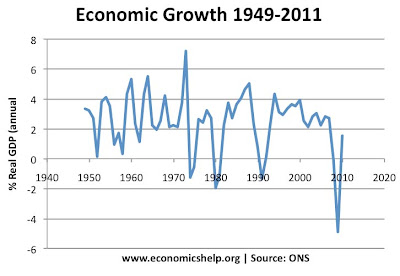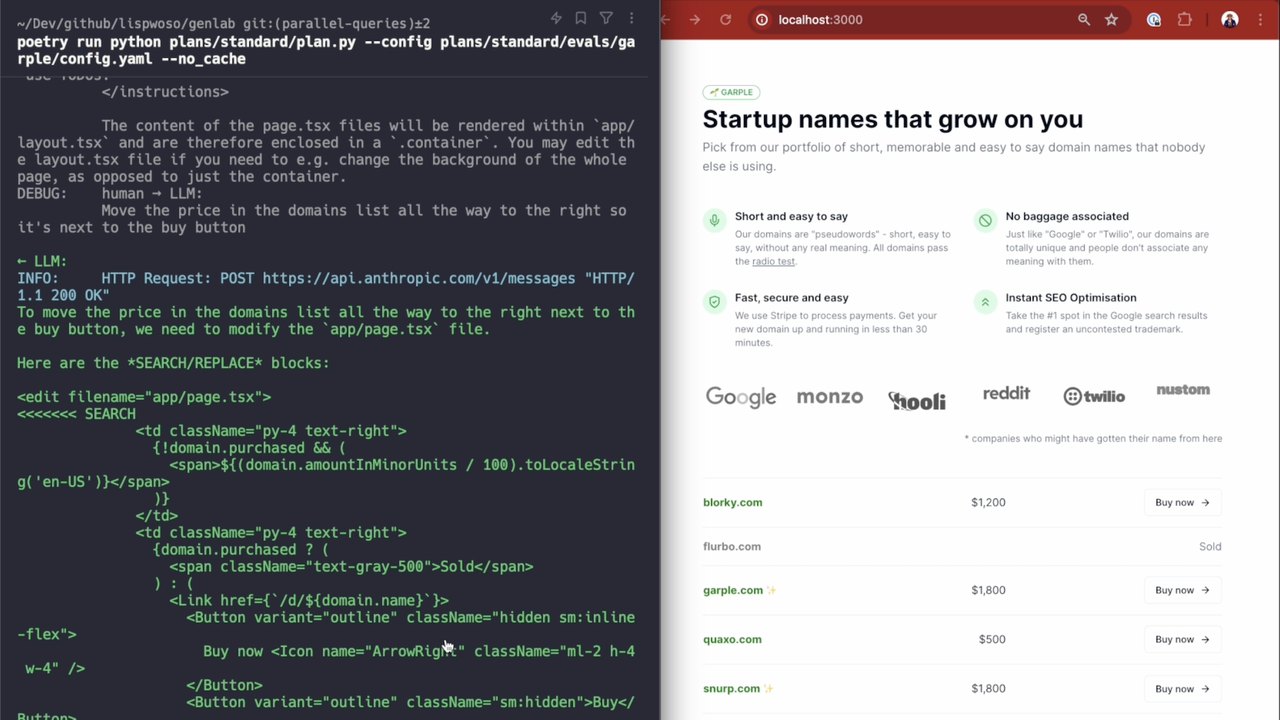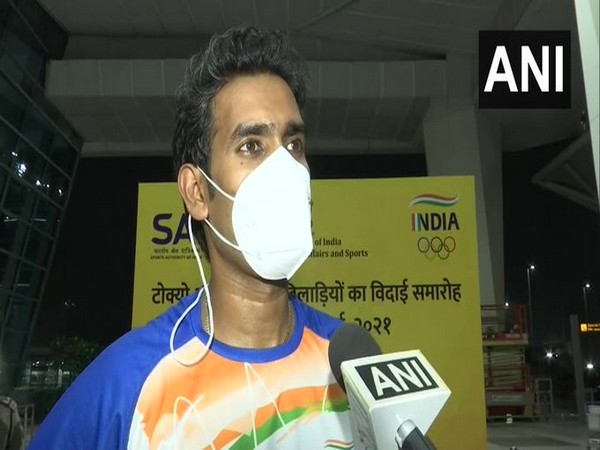When College Boom Turns Bust: The Economic Consequences Of Enrollment Decline

Table of Contents
The Impact on College Towns and Local Economies
The immediate and most visible impact of college enrollment decline is felt in the communities that house these institutions. The economic vitality of many college towns is inextricably linked to the student population, and a decrease in enrollment triggers a ripple effect with devastating consequences.
Reduced Revenue Streams
Decreased student numbers directly translate to reduced revenue for universities and the businesses that support them. This financial squeeze manifests in several ways:
- Decreased tuition revenue: This is the most obvious impact, directly affecting a university's operating budget and its ability to invest in programs, faculty, and facilities.
- Loss of student spending: Students contribute significantly to the local economy through spending on rent, groceries, entertainment, and everyday purchases. A reduction in student population directly impacts local businesses, from restaurants and cafes to bookstores and clothing stores.
- Reduced property tax revenue: Student housing often contributes significantly to property tax revenue for local governments. A decline in student enrollment leads to a decrease in this crucial revenue stream, forcing municipalities to make difficult budget decisions.
The ripple effect of enrollment drops in smaller college towns can be especially devastating, often leading to business closures, increased unemployment, and a decline in overall property values. For example, a town heavily reliant on a single university might see a significant portion of its businesses struggling or even shutting down if enrollment significantly decreases.
Job Losses and Increased Unemployment
The economic downturn caused by declining college enrollment extends beyond reduced revenue. It directly leads to job losses and increased unemployment both within the universities themselves and throughout the surrounding community.
- University job cuts: Universities facing budget shortfalls often respond by reducing staff and faculty positions, impacting highly skilled professionals and administrative staff.
- Local business job losses: As student spending decreases, local businesses are forced to cut back on staff or even close down completely, resulting in widespread unemployment.
- Decline in associated industries: The decline also affects industries associated with higher education, including construction (new dormitories, renovations), transportation (student shuttles, campus services), and the local service sector.
Numerous studies have shown a strong correlation between declining enrollment and unemployment rates in college towns. This data clearly illustrates the significant economic consequences of this trend and the need for proactive solutions.
State and National Economic Implications
The economic impact of college enrollment decline extends far beyond individual college towns. It carries significant consequences at the state and national levels, jeopardizing long-term economic growth and competitiveness.
Decreased State Funding
Many states heavily rely on tuition revenue and state funding mechanisms tied to enrollment numbers. This close relationship means that declining enrollment translates directly into decreased state funding for higher education institutions.
- Reduced funding for higher education: States allocate significant portions of their budgets to universities. Enrollment drops lead to decreased funding, affecting research initiatives, infrastructure maintenance, and program development.
- Impact on research and innovation: Reduced funding directly impacts research capabilities, potentially hindering innovation and technological advancement.
- Deferred maintenance and infrastructure decay: Budget cuts often force universities to postpone crucial maintenance projects, potentially leading to infrastructure decay and increased costs in the long run.
Impact on the Skilled Workforce
Perhaps the most significant long-term consequence of declining college enrollment is its impact on the nation's skilled workforce. Fewer college graduates mean a smaller pool of qualified individuals to fill high-skill jobs across various sectors.
- Reduced innovation and economic growth: A shortage of skilled workers can negatively impact innovation, productivity, and overall economic growth.
- Negative impact on national competitiveness: A less-educated workforce diminishes a nation's competitiveness in the global marketplace. This can lead to slower economic growth and reduced opportunities for future generations.
- Brain drain: As opportunities decline, some students may opt for alternative paths or pursue higher education abroad, resulting in a "brain drain" that further weakens the nation's human capital.
The Role of Shifting Demographics and Economic Factors
Understanding the underlying causes of declining college enrollment is crucial for developing effective solutions. Several demographic and economic factors contribute to this trend.
Changing Demographics
Demographic shifts are playing a significant role in the declining number of college students.
- Declining birth rates: Smaller generations mean a reduced pool of potential college students.
- Rising cost of college: The ever-increasing cost of tuition and fees makes college inaccessible for many students, particularly those from low-income backgrounds.
- Changing demographics of college applicants: There are shifts in the demographics of those applying to college, reflecting broader societal trends.
Economic Factors
Economic conditions heavily influence families' ability to afford college.
- Rising cost of tuition and student debt: The high cost of tuition and the resulting student loan debt are major deterrents for many prospective students.
- Economic downturns: During economic recessions, families are less likely to be able to afford college, resulting in decreased enrollment.
- Alternative educational pathways: Vocational training and other alternative educational pathways are gaining popularity as more affordable and job-focused options.
- Impact of financial aid and scholarship programs: The availability and effectiveness of financial aid and scholarship programs play a vital role in influencing college affordability and access.
Conclusion
The decline in college enrollment presents a significant economic challenge with repercussions felt at the local, state, and national levels. The reduced revenue streams, job losses, and impact on the skilled workforce necessitate immediate attention. Addressing the rising cost of tuition, exploring alternative funding models, and fostering a more accessible higher education system are crucial steps to mitigate the economic consequences of this college enrollment decline. Understanding the complexities of this issue is the first step towards developing effective solutions to ensure a thriving future for higher education and the economy as a whole. We must work to reverse this trend and revitalize our investment in higher education to avoid further economic hardship caused by the college enrollment decline. Let's work together to address this critical issue and ensure the continued success of our higher education system.

Featured Posts
-
 Nyt Mini Crossword Answers For March 18 2025
May 21, 2025
Nyt Mini Crossword Answers For March 18 2025
May 21, 2025 -
 Chat Gpts Enhanced Coding Capabilities The Ai Coding Agent Arrives
May 21, 2025
Chat Gpts Enhanced Coding Capabilities The Ai Coding Agent Arrives
May 21, 2025 -
 D Wave Quantum Inc Qbts Stock Plunge Mondays Market Crash Explained
May 21, 2025
D Wave Quantum Inc Qbts Stock Plunge Mondays Market Crash Explained
May 21, 2025 -
 Abc News Shows Future In Jeopardy After Staff Cuts
May 21, 2025
Abc News Shows Future In Jeopardy After Staff Cuts
May 21, 2025 -
 Sydney Sweeneys Next Role After Echo Valley And The Housemaid
May 21, 2025
Sydney Sweeneys Next Role After Echo Valley And The Housemaid
May 21, 2025
Latest Posts
-
 Analyzing Fan Reaction To Dexter Resurrections Villain
May 22, 2025
Analyzing Fan Reaction To Dexter Resurrections Villain
May 22, 2025 -
 Dexter Resurrection Fan Favorite Villains Comeback
May 22, 2025
Dexter Resurrection Fan Favorite Villains Comeback
May 22, 2025 -
 Record Number Of Indian Paddlers In Wtt Star Contender Chennai
May 22, 2025
Record Number Of Indian Paddlers In Wtt Star Contender Chennai
May 22, 2025 -
 India Sends 19 Paddlers To Wtt Star Contender In Chennai
May 22, 2025
India Sends 19 Paddlers To Wtt Star Contender In Chennai
May 22, 2025 -
 Wtt Star Contender Indias 19 Player Table Tennis Contingent In Chennai
May 22, 2025
Wtt Star Contender Indias 19 Player Table Tennis Contingent In Chennai
May 22, 2025
